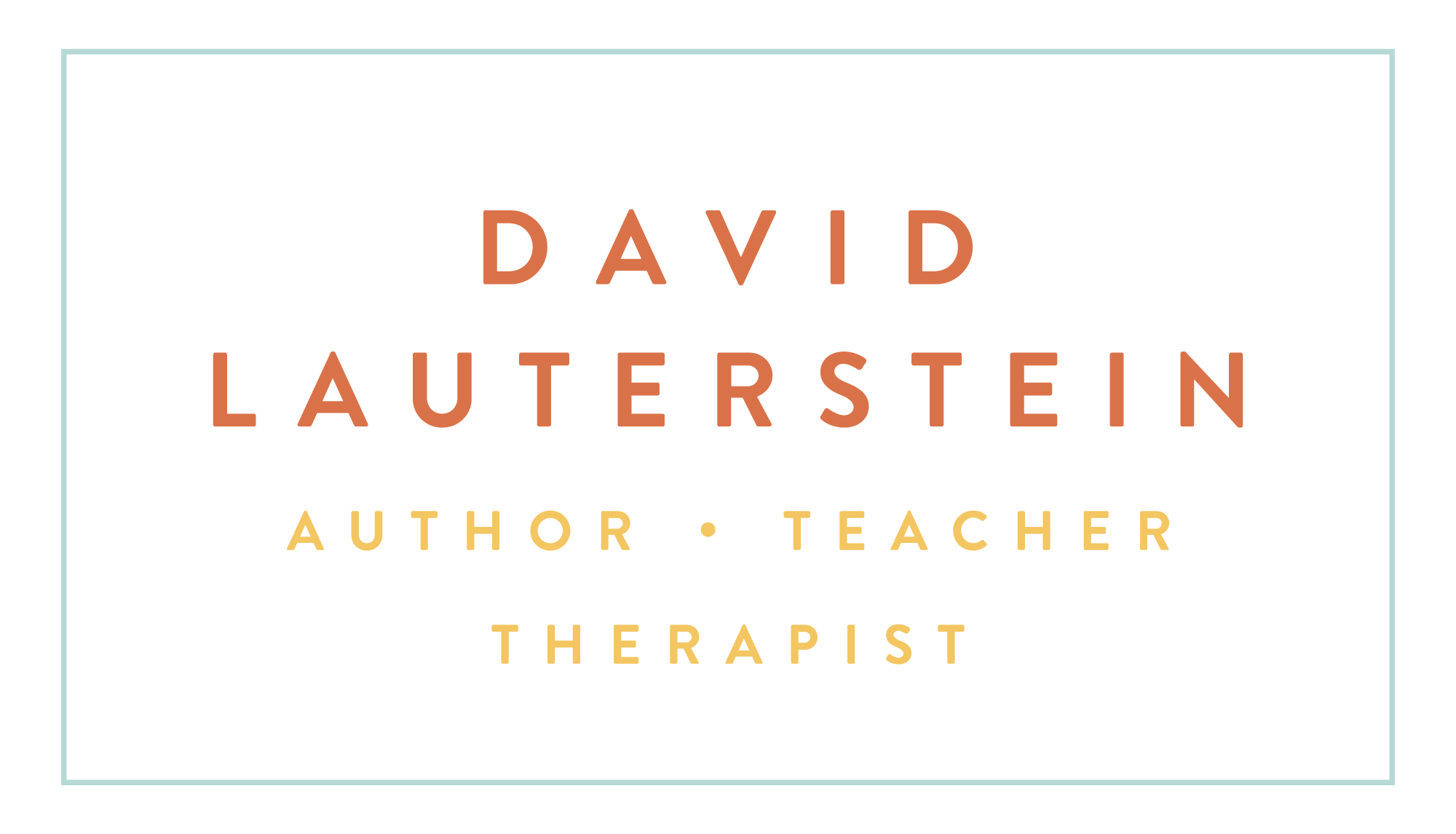52 Ways to Say "The Earth is My Home" - Deep Massage for the Feet
“Be strong then, and enter into your own body;
there you have a solid place for your feet.”
- Kabir
Each foot has over 30 joints and more than 100 muscles, tendons and ligaments. The feet contain over a quarter of the bones in the whole body - 52 bones. Each bone is alive and responsive to the ever-varying forces and shapes we encounter in every step.
It is only natural to feel some awe as we work with the feet, paying homage to these miracles of structure and function.
The primary structural issue for therapists working with the feet is a fairly simple one. Most therapists do not know the intrinsic muscles of the foot.
Once one is centered with knowledge and compassion for the muscles that are there, the work becomes quite straightforward. Explore successively each layer of the foot, doing some cross-fiber and direct palpation, assessing tension is the first step; and then melting in with a “soft tissue fulcrum” where called for. In each place where you feel significant resistance or tension, palpate that place, pressing onto it, then sink in, pressing into it (not painfully, just exquisitely), then hold it, hold it, hold it, kind of listening and feeling for its letting go, then clearly disengage and move on to the next place. Exploring each intrinsic muscle from origin to insertion, placing fulcrums as needed, will have a liberating effect on the structure and function of the foot and all that lies above, since they underlie our whole being; the feet being the literal foundations of body, mind and spirit!
Also, from an acupuncture standpoint, work in the sole of the foot influences the whole person because we are in the neighborhood of the kidney meridian’s first point, the “Bubbling Spring”, from which our energy is said to upwell. This is located specifically between the second and third metatarsals about halfway up their length, between the foot pads. The Kidney meridian traditionally is associated with “ancestral chi”, fundamental nourishment, the skeletal system, the water element, and the emotion of fear.
Client: supine
Therapist: standing or seated at the foot of the table
For this work use your thumb or the knuckle of your index finger at the end of the first phalanx. In each case, do a succession of short evaluations into each individual muscle, palpating for tension and deepening your contact where you find tension and doing fulcrums. To help be systematic with the foot, feel free to use an anatomical illustration to guide you.
Page 59 from the Anatomy Coloring Book is highly recommended.
So, first explore the most superficial layers of the foot muscles:
I. abductor digiti minimi, abductor hallucis, and flexor digitorum brevis. Work in, as called for, a succession of fulcrums from origin to insertion.
II. Then into the deeper flexor layer: flexor digiti minimi, flexor hallucis brevis, and the accessory muscles to flexor digitorum longus - quadratus plantae and the lumbricals.
III. Then into the deepest layer: adductor hallucis, the plantar interossei and the tendon of peroneus longus (aka fibularis longus).
IV. Now bring your attention to the dorsum of the foot -- it may help to have the client bend the knee and rest the sole on the table surface. Explore and put in fulcrums as called for into extensor hallucis brevis, extensor digitorum brevis, and the dorsal interossei.
Purposes:
a) free the muscles and fascia of the foot with respect to each other
b) provide more cushioning for the whole body through a decompressed sole
c) stimulation of all the reflex points in the body through the foot
d) enhance energy flow through the kidney meridian
e) provide more energy and support for the whole person
Image Source: Studocu.com

